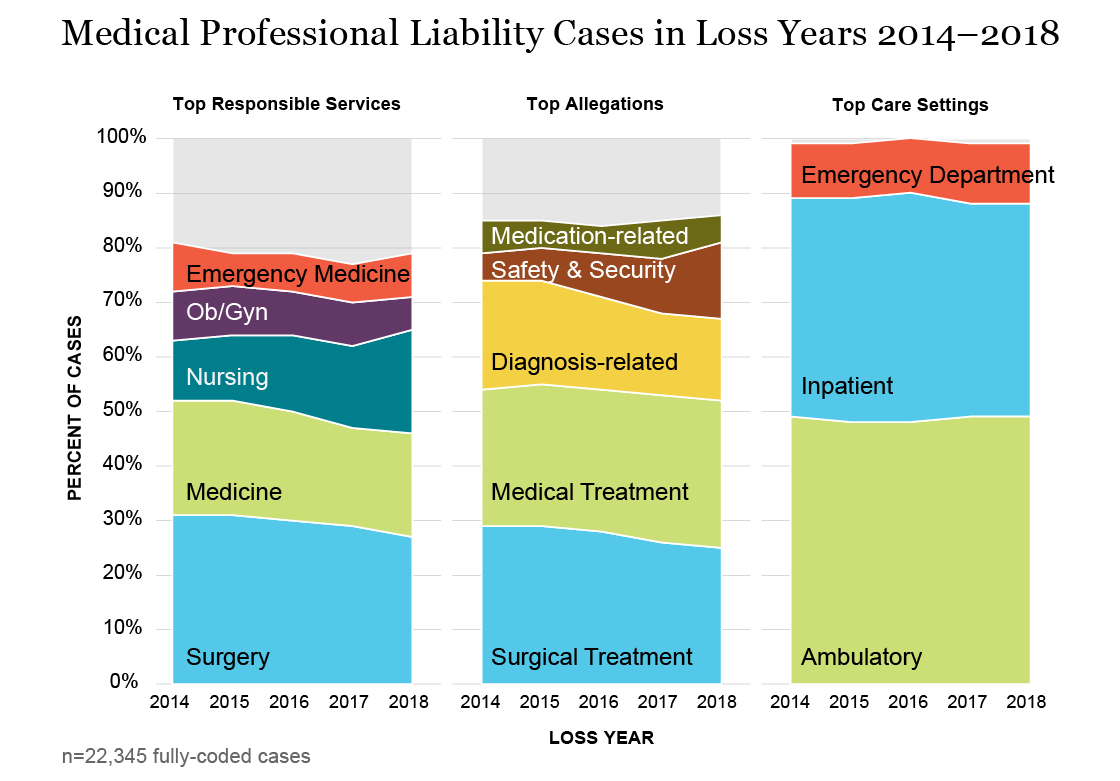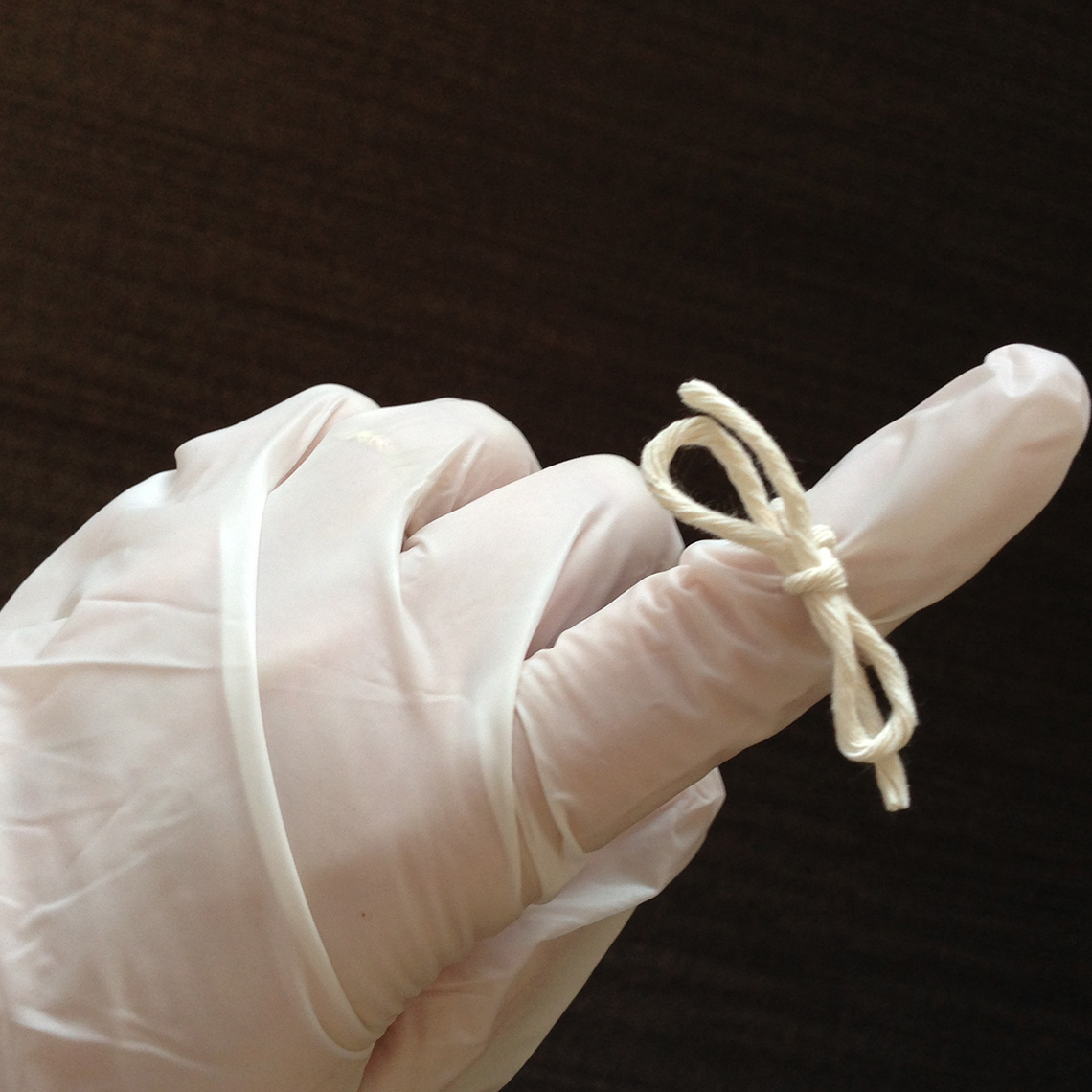Newsletter
Fixing Today’s Patient Safety Problem
Mar 28, 2022
Health care organizations are often tempted to react to a tragic adverse event by fixing “that” problem, sometimes at the detriment of missing an underlying issue that may trigger a second problematic event unlike the one that was “fixed.” Individual events are, of course, important to investigate. But a quick fix based on a sample of one risks missing a more subtle vulnerability. A search for recurrent problems, or patterns, can separate the proverbial zebra from the horses. Aggregated data, especially the most recently occurring events, can direct such investigations to problems that need to be addressed at the system, rather than individual, level.

The clinical experts who code open and closed medical professional liability (MPL) cases for Candello record three dates for each case: the loss date, the claim made date, and the closing date. The loss date guides the claims management team in understanding the standard of care at the time of the care being questioned. A defendant clinician can only be expected to have followed the diagnostic and treatment practices common at the time of the patient’s care—not what would be done “today.”
An aggregate analysis of thousands of MPL cases by loss date provides an individual organization with a comparative view of more recent patient safety issues. That perspective can help answer the question. Is our experience typical or unusual? As an organization begins to look at its own experience, then the MPL loss dates can guide specific efforts to reduce risk. For example, if a cluster of cases has a loss date prior to (or after) a significant change in the care environment, there may be a correlation. Or a series of cases with proximate loss dates may reflect a care delivery “hot spot,” e.g., a rogue provider, a staffing crisis, a system overload.
A single adverse event may, indeed, point to a problem in need of a broad solution that — especially for organizations with a low volume of MPL cases — might not be fully evident without a bigger picture perspective. Understanding where that one event fits into that big picture is essential for an efficient and effective response.
Newsletters
Utilization of Electronic Health Record Sex and Gender Demographic Fields: A Metadata and Mixed Methods Analysis





